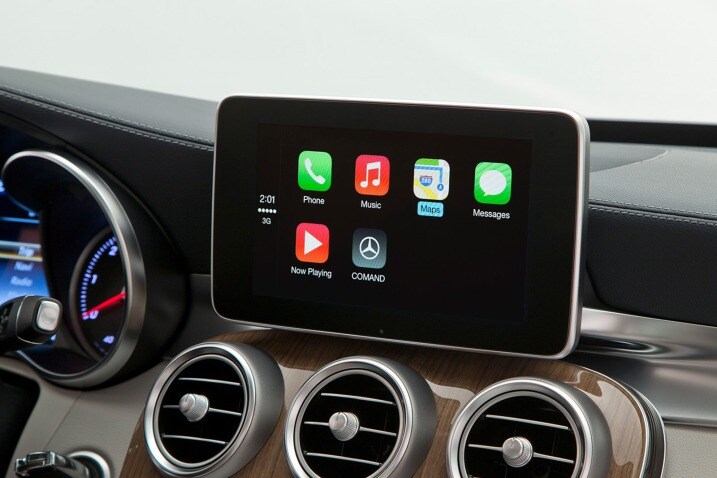Smartphones are our lifeline to the Internet. We've become reliant on them to get directions, stream music and keep in touch with friends and family. In fact, the average person picks up a smartphone roughly 1,500 times a week, according to a 2014 study conducted by a U.K.-based marketing agency. As such, when people get into their cars, chances are that they are not going to ignore their smartphones. Instead, they will try to integrate the phones into their driving routine. They put them in cupholders as makeshift speakers, mount them on the dash to see turn-by-turn directions, or worse, hold them and text while driving. None of these has been an elegant — or safe — solution to the problem of adapting a smartphone to car use.
But now, new software from Apple and Google (Apple CarPlay and Android Auto) will bring a number of major features from a smartphone to a vehicle's infotainment screen.

